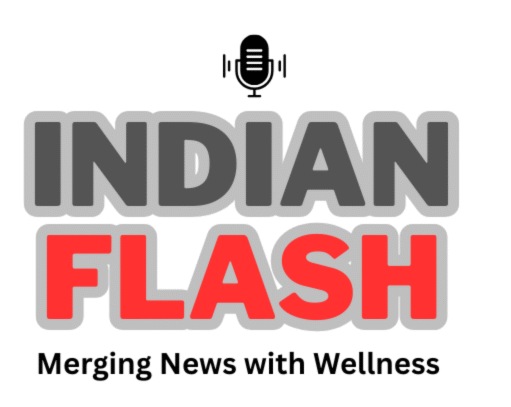A Baby Every 35 Seconds!
Over 13 million babies have been born through IVF since 1978—and the number is rising fast!
New global research reveals one ART baby is now born every 35 seconds. From hope to reality, IVF is changing lives across the globe.
Since Louise Brown’s birth in 1978, the world’s first IVF baby, assisted reproductive technology (ART) has changed parenthood forever.
According to new global estimates, over 13 million babies have now been born through IVF and ART.
What’s even more striking? One IVF baby is born every 35 seconds, showing just how routine and effective fertility treatment has become.
IVF by the Numbers: A Global Birth Estimate
Researchers gathered data from 101 countries to estimate the total number of IVF births across four decades.
Their findings reveal IVF’s dramatic expansion and public acceptance.
Highlights from the data:
- 10–13 million IVF babies born from 1978 to 2018
- 3–4 million more between 2018 and 2023
- Total IVF births: 13 to 17 million globally
“This is the first consistent global estimate of IVF births,” said lead researcher Georgina Chambers of UNSW and ICMART.
IVF’s Global Spread: Where Are Most Babies Born?
Despite gaps in data from India, China, and parts of Africa, the researchers used smart estimations based on:
- Fertility clinic density
- IVF treatment rates
- Estimated miscarriage rates
Estimated ART babies by region:
- Europe: 3.6–4.5 million
- Asia: 3–4 million
- North America: 1.4–1.6 million
This shows IVF’s reach—but also reveals gaps in access and reporting.
From 7% to 36%: IVF Success Has Soared in 30 Years
Back in the 1990s, frozen embryo transfers had a 7% success rate.
Now, many clinics report over 35% success per cycle.
What’s driving this improvement?
- Safer single embryo transfer (SET) policies
- Better cryopreservation techniques
- Personalized hormonal protocols
“In Australia, 93% of IVF cycles now involve single embryo transfers,” Chambers noted. “And most babies come from frozen embryos.”
Why IVF Is Still Inaccessible for Millions
Despite its growth, IVF remains out of reach for many—especially in Africa, South Asia, and Latin America.
Barriers to IVF include:
- High treatment costs
- Limited fertility clinics
- Cultural taboos and policy gaps
“Reproductive healthcare is a human right,” Chambers said. “Access shouldn’t depend on income or location.”
Q&A: What You Need to Know About IVF in 2025
Q: What is IVF?
A: IVF (in vitro fertilization) is when eggs are fertilized outside the body and implanted into the uterus.
Q: Is IVF safe now?
A: Yes. Newer methods like single embryo transfers and frozen embryos make IVF safer and more effective.
Q: How common are IVF births?
A: One ART baby is born every 35 seconds globally—a major leap from early IVF days.
Q: Why use frozen embryos?
A: Frozen embryos often have better success rates and lower risks than fresh embryo transfers.
Q: Who can access IVF?
A: Access depends on geography, laws, and cost—many still face barriers in underserved regions.
IVF Milestones and Myths: FAQs
1. Who was the first IVF baby?
Louise Brown, born in the UK in 1978, was the first “test tube baby.”
2. How much does IVF cost?
It ranges from $4,000 in countries like India to $20,000+ in the U.S. per cycle—often without insurance coverage.
3. How many clinics provide IVF globally?
Thousands—mainly in Europe, North America, and East Asia—where demand and infrastructure are stronger.
4. Are success rates equal worldwide?
No. Rates vary based on clinic quality, patient age, and technology.
5. What’s the future of IVF?
Making it affordable, ethical, and globally accessible is the next major goal.
The Takeaway: IVF Is Changing Lives—But Access Must Improve
The birth of over 13 million IVF babies is not just a medical success—it’s a sign of hope for countless families.
ART is now routine, with better safety, higher success, and rising global acceptance.
But the real challenge is ensuring fair access to fertility care everywhere.
“Every person deserves the chance to build a family,” Chambers said. “IVF must be a right—not a privilege.”
Optimised for Google News
- Article structure follows journalistic format: title, summary, body, Q&A, and conclusion
- Headings use H2 for clarity and search engine parsing
- Natural language and frequent keyword placement
- Facts and expert quotes improve E-E-A-T (Experience, Expertise, Authoritativeness, Trustworthiness)
- Short, engaging sentences improve mobile readability




